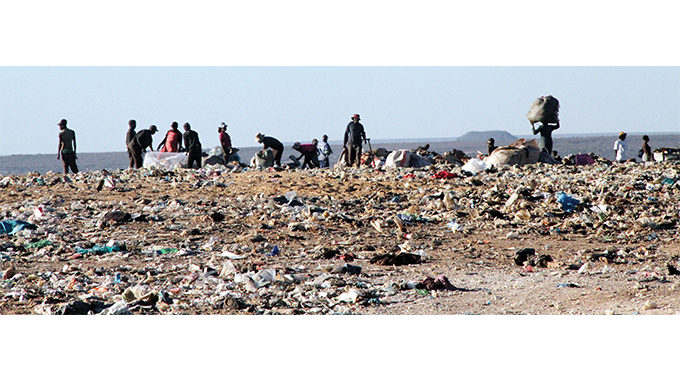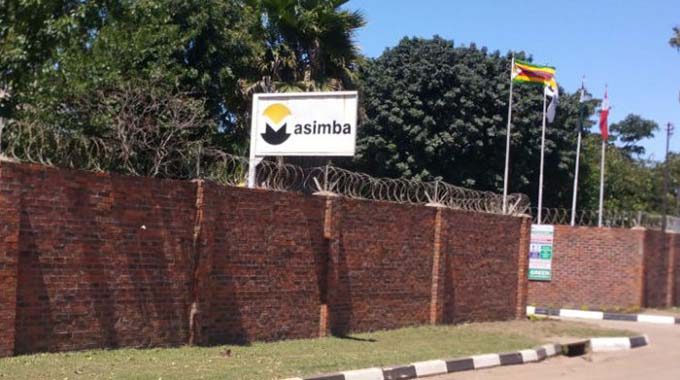Firms increase power investments for own use
There has been an increased investment in renewable energy by independent power producers (IPPs) in Zimbabwe, mainly for their own use in the face of serious power outages, according to the Zimbabwe Energy Regulatory Authority (ZERA).
By harnessing the power of the sun for solar energy, businesses are tapping into a sustainable and renewable energy source, reducing reliance on conventional power systems, especially hydro, which is also prone to the effects of the El Nino weather phenomenon.
ZERA chief executive, Eddington Mazambani, said the majority of the investments are into solar energy, with some thermal, mainly in the mining sector.
“These projects are the most successful ones funded by private companies, and in most cases, they are produced for their own consumption,” he said.
He said thermal power stations are at different stages of construction at Manhize Steel Plant (50 MW) and Sabi Lithium (15 MW).
“We are going to see a lot of organisations becoming self-sufficient in terms of power supply,” said Mr Mazambani.
He noted that platinum company, ZimPlats, has already been licensed for a close to 200 MW plant and is going to start with 30 MW.
According to the ZERA chief executive, the majority of investments are in mining, followed by commercial companies, while individual consumers are also heavily investing in solar.
Agricultural companies have also significantly made investments in alternative energy sources, and irrigation facilities have been identified as key for agriculture firms.
Alternative renewable energy sources reduce over-reliance on hydropower, whose supplies are already unreliable for businesses, weighing on their productivity.
Companies like diversified crocodile breeders, Padenga, Ariston, and Tanganda have made efforts towards establishing alternative sources of energy like solar to power their operations.
At Ariston, group chairman, Dr Alexander Jongwe, said that during the year to September 30, 2023, Ariston made the biggest investment into a solar plant located at Southdown Estate, Chipinge.
“The plant is integrated into Zimbabwe Electricity, Transmission, and Distribution Company (ZETDC) and is on net metering.
The plant came with a 1.2 megawatt storage facility as the tea factories operate throughout the day and night,” he said.
This transition to solar energy is anticipated to enhance operational efficiency, optimize resource allocation, and potentially lower production costs.
Tanganda has also made investments in solar plants on its estates. While the plants were developed during the financial year 2022, the group indicated it expected to enjoy the benefits of the investment in later years after full reticulation and net metering.
For Padenga, the installation of phase three solar arrays at its northern farms brings the solar plant operating capacity to a total of 1,2 MW, and commissioning works are at an advanced stage, according to company secretary Andrew Lorimer in an update for the third quarter to September 30, 2023.
However, it’s not only agriculture firms that have been busy supplementing energy sources to power their operations at a time when the country has been experiencing power shortages, impacting productivity.
Mining firms have also taken initiatives to reduce their overreliance on energy from the national grid.
Victoria Falls Stock Exchange (VFEX) listed resources group, Caledonia Mining Corporation Plc constructed a 12,2 MW solar plant at its Gwanda-based gold producer Blanket Mine.
The mining group has indicated the investment is now paying dividends as it is reducing electricity consumption from the national grid and has seen a decrease in month-on-month diesel usage, achieving efficiency throughout the mining and processing.
Caledonia said Blanket receives its power from the country’s national electricity supplier, the Zimbabwe Electricity Supply Authority (Zesa).
However, during outages or low voltages, the power supply at Blanket had to be supplemented by standby diesel generators to enable uninterrupted mining and capital operations.
ZERA is of the belief that Zimbabwe could become a net exporter of power within the SADC region should the country harness the concentrated solar power potential of 39.5 gigawatts (GW), which far exceeds the country’s needs.-ebusinessweekly










